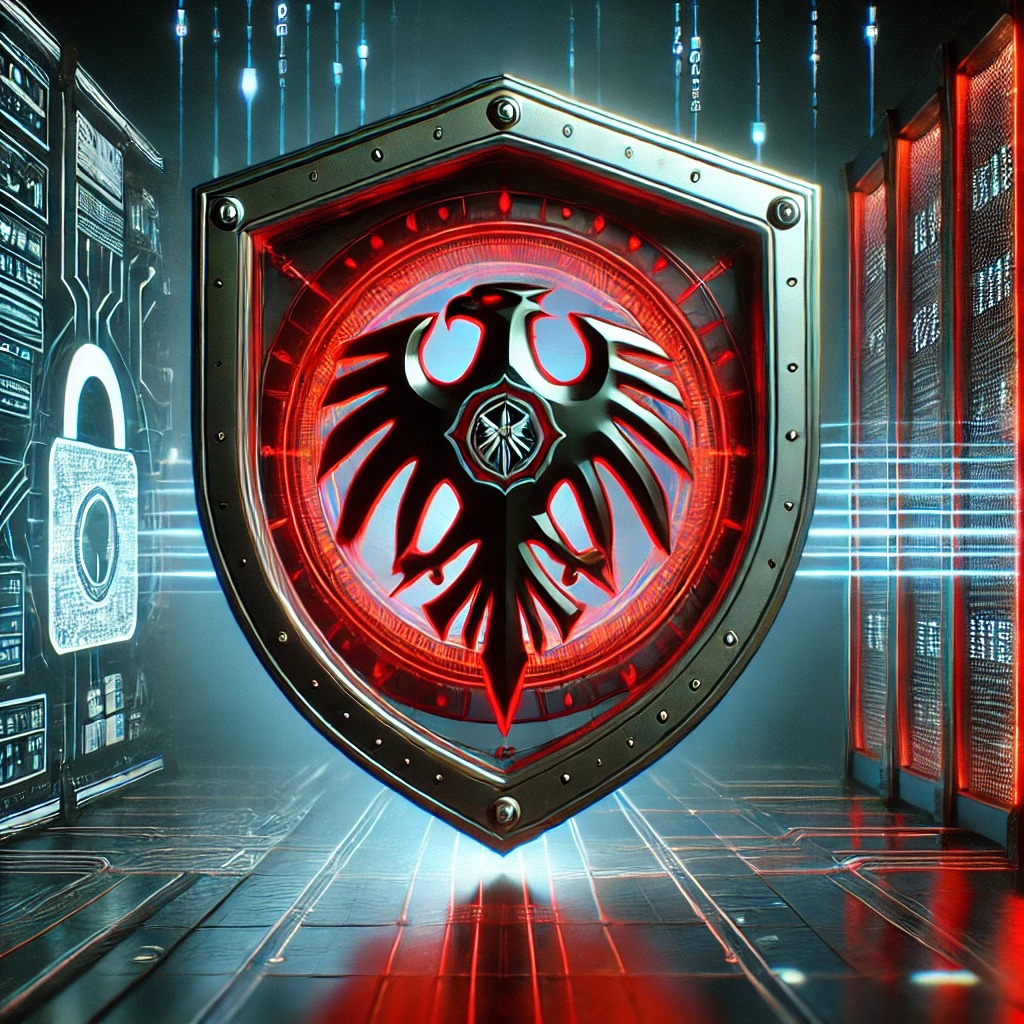Cisco Unveils Quantum Chip for Interconnecting Computers
Cisco Systems Inc. has taken a significant step forward in the realm of quantum computing by unveiling a prototype chip designed to interconnect quantum computers. The company also announced the establishment of a new laboratory in Santa Monica, California, to further explore advancements in this cutting-edge technology.
The newly introduced chip utilizes some of the same technologies found in current network chips, enabling the connection of smaller quantum computers into larger, more powerful systems. cisco believes that this chip will have practical applications even before quantum computers become widespread. Potential uses include assisting financial institutions in synchronizing transaction times and aiding scientists in detecting meteorites.
Vijoy Pandey, Senior Vice President of Cisco's Outshift Innovation Incubator, highlighted the chip's versatility. "The applications for this chip are vast. When dealing with data snapshots from around the world, precise synchronization of clocks and timestamps is crucial," he stated.
Cisco's entry into the quantum computing field comes as other major tech companies have already made significant inroads. These companies have either launched their own quantum computing chips or announced plans to establish dedicated quantum computing labs. Startups have also raised substantial funding to develop quantum computing systems.
Ask Aime: Which tech companies are investing heavily in quantum computing chips?
Unlike its competitors, who are primarily focused on increasing the number of "qubits" (the fundamental units of quantum computers), Cisco is concentrating on the interconnect technology for quantum computers. The chip, developed in collaboration with researchers from the University of California, Santa Barbara, operates by creating pairs of entangled photons. One photon is then sent to each of two separate quantum computers, enabling instantaneous communication regardless of the distance between them. This phenomenon, known as "spooky action at a distance," was famously described by Albert Einstein.
Pandey emphasized that while the chip is currently in its prototype stage and its revenue potential is yet to be determined, it represents a crucial first step in building a quantum network. "The first key component in constructing a quantum network is the entanglement chip, and this is our initial step," he explained.











